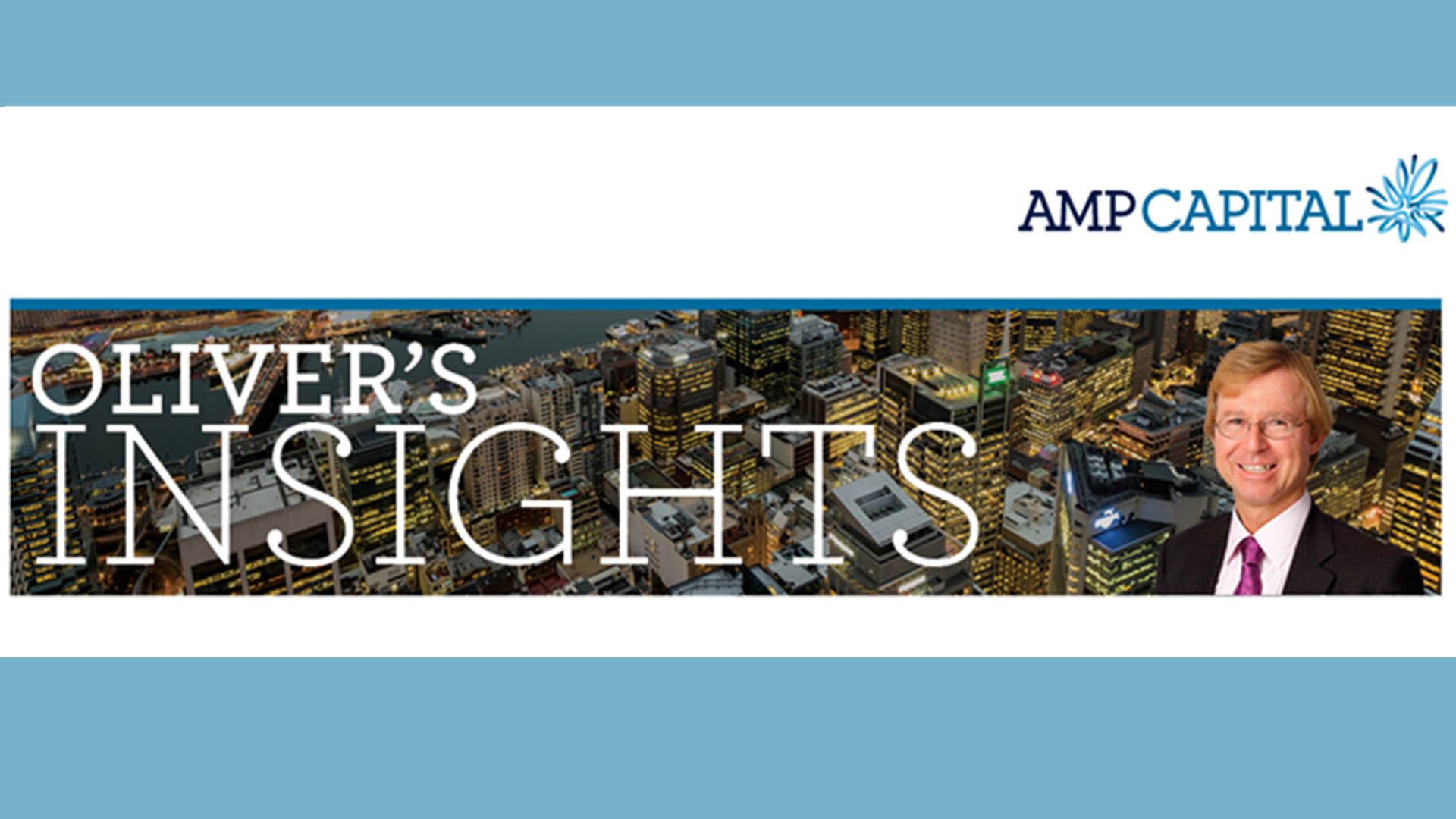Wall Street share prices took off after the US Federal Reserve raised its key interest rate by 0.75% for the second meeting in a row.
The Fed’s move will see the Federal Funds Rate rise to a range of 2.25% to 2.5%, its highest since 2018.
The reason for the big rise is well known – the highest inflation rate in more than 40 years of 9.1% in the year to June.
It was the 4th rate rise from the Fed this year as inflation has surged to levels not seen since the 1980s
In its post meeting statement, the Fed acknowledged that while “indicators of spending and production have softened,” “job gains have been robust in recent months, and the unemployment rate has remained low.”
Fed chair Jay Powell gave a glimmer of hope to investors that the pace of rate hikes might slow. Powell said in a press conference that the Fed could hike by 0.75 percentage point again in September, but that it would be dependent on the data.
“As the stance of monetary policy tightens further, it likely will become appropriate to slow the pace of increases while we assess how our cumulative policy adjustments are affecting the economy and inflation,” he said.
That qualification was enough for eager Wall Street investors and they charged into the market.
Wall Street took that as a softening of the previous hawkishness and a sign the central bank would eventually slow the magnitude of its rate rises.
That saw share prices hit their highs of the session, especially in the last half hour.
The Dow jumped 436.05 points, or 1.4%, to 32,197.59. The S&P 500 added 2.62% to close at 4,023.61.
Tech shares led gains after better-than-feared results from Alphabet and Microsoft – they were still weak with more signs ad revenues are slowing. Meta (Facebook) released weak data after the bell Wednesday. The Nasdaq surged 4.06% to 12,032.42.
Led by gold, oil and copper, commodities rose rose.
Overnight futures trading on the ASX 200 has rthe local market looking at a 50 point plus opening this morning (Thursday).
Tonight there’s a good chance that data will show the US economy in a technical recession – two consecutive quarters of negative growth when the first estimate of June quarter economic growth is released.
But that will not be according to the American definition which has a broader approach and includes the health of the labour market which has added 2.7 million new jobs in the past six months and is not showing any signs of distress.
Traders were encouraged after Powell noted that he doesn’t believe the economy is currently in a recession. He pointed out that “there are too many areas of the economy that are performing too well.”








